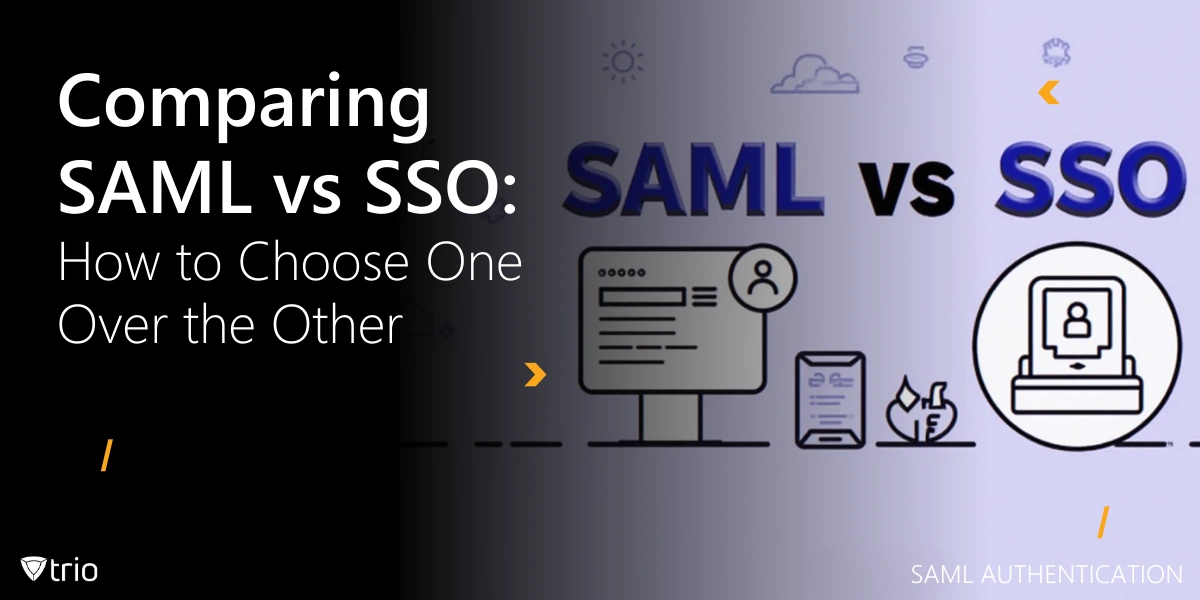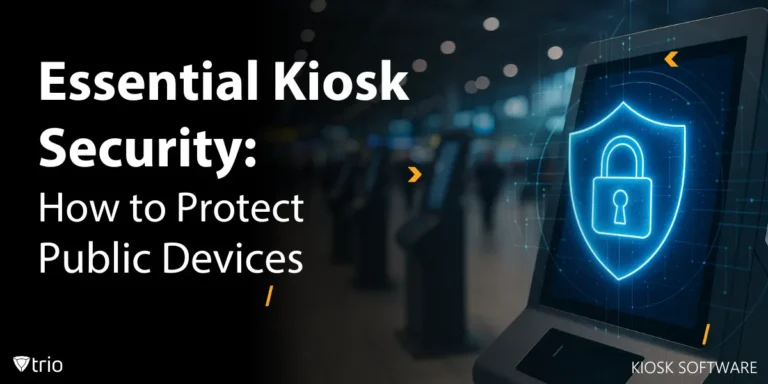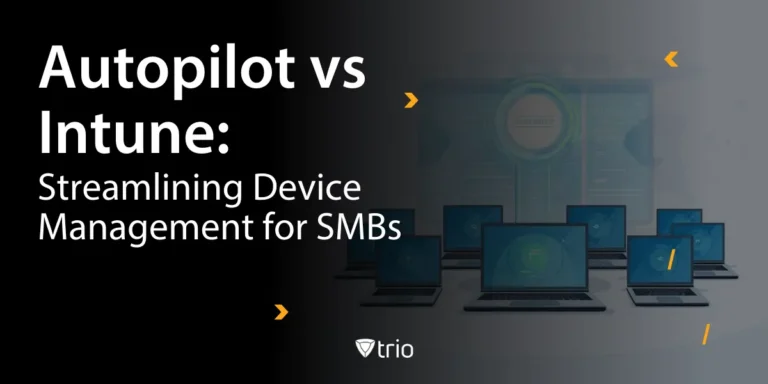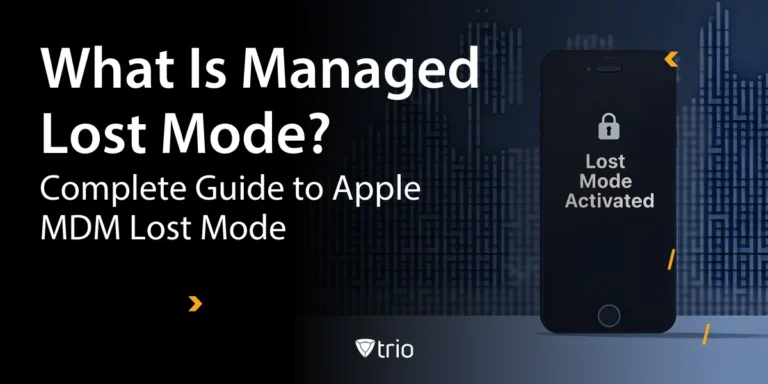In modern IT environments, authentication and access management play a crucial role in securing sensitive data and applications. Single Sign-On (SSO) and Security Assertion Markup Language (SAML) are two terms frequently used in enterprise security discussions. While SAML is a protocol that facilitates authentication, SSO is a broader concept that enables users to log in once and access multiple applications without needing to re-enter credentials.
SAML is an open standard for exchanging authentication and authorization data between an identity provider (IdP) and a service provider (SP). It allows for secure authentication across different domains by enabling trust between the IdP and SP. This is commonly used in enterprise environments where users need access to various cloud-based services using a single set of credentials.
SSO is an authentication mechanism that allows users to access multiple applications with a single login session. While SSO implementations often leverage SAML, they can also use other protocols like OAuth and OpenID Connect. The goal of SSO is to enhance user convenience while maintaining security through centralized authentication.
Understanding the distinction between SAML and SSO is critical for IT administrators when designing authentication frameworks. While SAML is a standard used to facilitate SSO, SSO itself can be implemented using various technologies. Choosing the right approach depends on the organization's security requirements and application ecosystem.
How SAML Works
SAML operates as a framework that enables secure authentication and authorization exchanges between an identity provider and a service provider. When a user attempts to log in to a service, the service provider redirects the user to the identity provider for authentication. The identity provider then verifies the user’s credentials and issues a SAML assertion containing authentication and authorization details.
The SAML assertion is an XML-based security token that the service provider uses to grant access. This ensures that authentication occurs in a centralized manner, reducing the need for applications to manage user credentials individually. By leveraging SAML, organizations can enforce consistent authentication policies across all integrated services.
One of the key advantages of SAML is its support for federated identity management. In multi-organizational environments, SAML allows users to authenticate with their existing credentials and gain access to partner services without needing separate accounts. This is particularly beneficial for businesses that collaborate across different cloud platforms.
SAML also enhances security by reducing password fatigue and the risks associated with password reuse. By centralizing authentication, IT teams can enforce stronger password policies and implement multi-factor authentication (MFA) at the identity provider level, thereby strengthening the overall security posture.
SAML Authentication
SAML authentication provides a secure mechanism for verifying user identities without requiring direct password exchange between applications. This process begins when a user attempts to access a service provider, which then redirects the authentication request to an identity provider. The identity provider validates the credentials and generates a SAML assertion containing user authentication details. This assertion is then transmitted back to the service provider, which uses the information to establish a session for the user. Since the authentication occurs at a centralized identity provider, users can securely access multiple applications without needing to log in separately.
One of the key benefits of SAML authentication is its ability to enable seamless single sign-on across different cloud-based and enterprise applications. This is particularly useful for organizations that rely on multiple SaaS platforms, ensuring a streamlined authentication experience. By implementing SAML authentication, businesses can enhance security, reduce reliance on password-based authentication, and enable a more efficient identity management system. This reduces the risk of credential-based attacks while improving user experience and productivity.
How SSO Works
SSO is an authentication mechanism that enables users to log in once and access multiple applications without repeated authentication prompts. It works by establishing a trust relationship between an authentication system and multiple service providers, allowing credentials to be validated once per session.
The implementation of SSO can vary depending on the technology stack. In many cases, SSO relies on SAML for authentication, but other protocols like OAuth and OpenID Connect can also be used. OAuth, for example, is commonly employed for API-based authentication, while OpenID Connect is an identity layer built on top of OAuth 2.0 for user authentication.
SSO improves user experience by eliminating the need to remember multiple passwords for different applications. This enhances productivity and reduces the likelihood of password-related security incidents. When users only have to authenticate once per session, they are less likely to write down passwords or use weak credentials across different services.
From an IT administration perspective, SSO simplifies user management by centralizing authentication. This makes it easier to enforce access controls, monitor login activity, and revoke access when necessary. Additionally, integrating SSO with identity providers allows organizations to implement single sign-out, ensuring that logging out from one application terminates the session across all connected services.

Comparing SAML and SSO: Key Differences and Use Cases
While SAML and SSO are closely related, they serve different functions in authentication frameworks. SAML is a protocol that enables secure authentication exchanges, whereas SSO is a broader authentication concept that allows seamless access to multiple applications using a single login.
One key difference between SAML and SSO is that SAML is specifically designed for federated authentication, making it ideal for cloud-based and multi-organizational environments. SSO, on the other hand, can be implemented using different protocols, including SAML, OAuth, and OpenID Connect, providing more flexibility in authentication approaches.
The choice between SAML and SSO depends on an organization's authentication needs. Enterprises that require secure cross-domain authentication between different cloud services often opt for SAML-based SSO. Meanwhile, businesses with diverse application ecosystems may prefer an SSO solution combined with best practices that integrate multiple authentication protocols to accommodate various security requirements.
Security considerations also play a role in determining the best approach. SAML provides a high level of security by eliminating password transmission between applications, reducing the risk of credential theft. However, SSO must be configured with strong authentication mechanisms such as MFA to mitigate the risks associated with single-session compromise.
SAML vs. SSO vs. LDAP
While SAML and SSO focus on authentication, LDAP (Lightweight Directory Access Protocol) is a protocol used for directory services. LDAP is primarily employed to store and manage user credentials and access control policies within an enterprise network.
SAML cybersecurity enables federated authentication, allowing users to log in across multiple services with a single set of credentials. SSO, as a broader authentication mechanism, can leverage SAML, OAuth, or other standards to grant seamless access to applications. LDAP, on the other hand, serves as a centralized directory that stores and retrieves authentication data.
Many organizations integrate LDAP with SSO solutions to provide a centralized identity repository while enabling seamless authentication experiences. By combining LDAP with SAML-based SSO, businesses can achieve enhanced security and streamlined access management. Understanding the differences and interactions between SAML, SSO, and LDAP is crucial for IT administrators when designing authentication strategies. All of these methods can be integrated with Mobile Device Management (MDM) solutions, each playing a distinct role in identity management. Leveraging them effectively such as an SSO integration with an MDM can improve security and efficiency.
Conclusion
For IT admins, understanding the relationship between SAML and SSO is crucial for implementing an effective authentication strategy. While SAML facilitates secure authentication exchanges, SSO streamlines access to multiple applications, enhancing both security and user experience.
Choosing the right authentication approach requires evaluating business needs, security requirements, and the technology stack. Whether an organization opts for SAML-based SSO or a combination of authentication protocols, implementing robust security controls is essential to safeguarding user identities and corporate data.
Secure your organization's access management with Trio’s Mobile Device Management solution. Ensure only compliant devices access your network, enforce security policies, and manage endpoints seamlessly. Sign up today for a free trial and experience secure, dynamic access control firsthand. Try Trio for free today!
Get Ahead of the Curve
Every organization today needs a solution to automate time-consuming tasks and strengthen security.
Without the right tools, manual processes drain resources and leave gaps in protection. Trio MDM is designed to solve this problem, automating key tasks, boosting security, and ensuring compliance with ease.
Don't let inefficiencies hold you back. Learn how Trio MDM can revolutionize your IT operations or request a free trial today!





